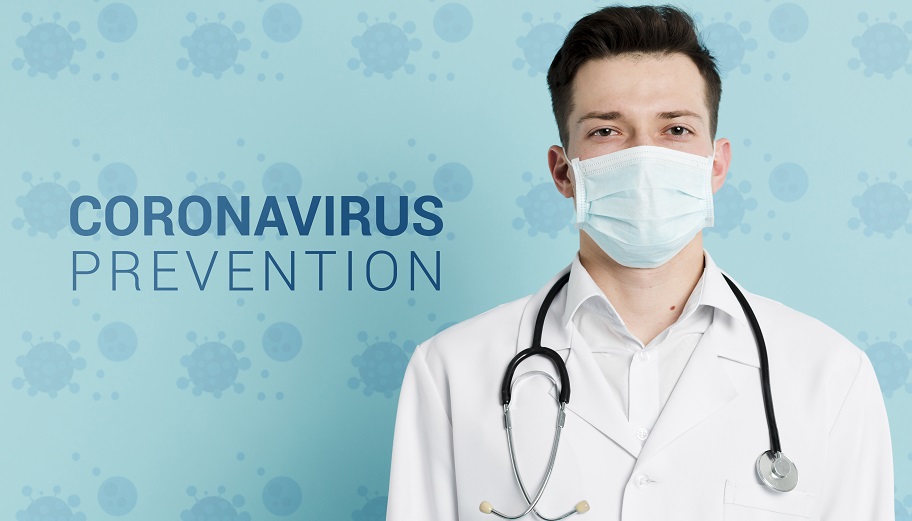In these troublesome times, the professionals working in the healthcare industry badly need face masks to protect themselves, and the patients admitted from the CoVid19 virus.
All over the world, the CoVid19 epidemic is damaging the safety and well-being of the people. In the United States, more than 100,000 cases have emerged, creating outrage among the people.
With New York City being the most affected city in the country, these are testing times for Americans and the entire population in general.
But what does this virus tells us? It tells us to take good care of ourselves and the people we love while monitoring the threats involved; here is what we know about this virus so far.
What do we know about coronavirus?
Coronavirus belongs to a group of viruses that affects both animals and humans. The name corona was named after the crown-like spikes present in the bacteria.
The first type of coronavirus was discovered in 1960, and its main symptoms are flu-like, mild to high fever, persistent cough, and other pulmonary infections like pneumonia.
The current coronavirus is from the SARS family and is most commonly known as passive acute respiratory syndrome/coronavirus 2 or SARS-CoVid19.
Now that we know a little about the virus let us evaluate how we can stay safe and protected. There are many PPE available that can help you combat the virus. From face masks to hazmat suits, and from eyewear to protective shoes, there is an extensive collection available in the market.
But let us jump back to the topic of discussion, i.e., face masks. If you are thinking about wearing face masks at all times, and let’s just believe that you have all the necessary supplies available – here are some of the things you should consider.
- How often do you wear and discard your face mask?
- Which type of face mask is best suited for you and your family?
- What are the basic recommendations and guidelines suggested by the CDC for wearing protective masks in large public spaces?
Face masks and their types
Some of the options for face-protection masks comprise surgical masks, handmade face-cloth masks, respirators to layered covered-up masks like bandanas.
Some of the most notable face masks include the N95 respirator masks; surgical face masks are authorized and permitted by the medical association of the United States.
Ideally, these masks are perfect for covering up your mouth and nose from bacteria, germicides, and other viruses.
But due to the prevailing situation and the shortage of PPE supplies in the United States, CDC recommends cloth face coverings in public settings where other social distancing measures are challenging to maintain.
Both of these masks are tested and approved for effectiveness, fluid efficiency, flammability, and compatibility.
Medically induced N95 face masks provide the ultimate protection for all the professionals working in the hospitals and getting exposed to various viruses and bacteria.
Surgical face masks
Designed and manufactured from high-quality fabric, these surgical face masks are rectangular, and can easily adjust around your nose and mouth.
The best part about these face masks is that they are disposable, meaning that they have a decreased shelf life and can only be used once.
When appropriately used, surgical face-masks protect your health when you step outside your premises for groceries and other things.
They usually halt the splatters and splashes that may have different kinds of viruses and bacteria from entering into your body and making you sick.
Among the many types, some of these surgical face-masks contain a solid shied that preserves and protects your entire face. Mostly used in hospital settings, these face-masks are in shortage these days.
As per the rules and recommendations provided by the World Health Organization, use the following to keep things safe for yourself and your family.
- Regularly check your mask for holes and blisters to ensure that they are in working condition.
- Wash your hands for at least 20 seconds with soap and water or use a high-grade hand-sanitizer with at least 70% alcohol before applying the mask on your face.
- Surgical face masks are disposable, don’t overuse it and change them frequently.
- Remove your surgical mask from the back instead of touching the frontal area where you may get exposed to germs and viruses.

















Add Comment